With over 900 species of tarantula worldwide, most keepers are always on the look out for the new and exciting must-have species that just recently became available, after years of being absent from the hobby (or never available at all). Tarantulas that feature larger-than-usual sizes or stunningly beautiful colors are always in high demand and while this is fine and good, some staples of the hobby take a back seat. Other species, that should be popular, just never achieve that must-have status. The subject of this blog, in my opinion, is one such species.
I own a business where I go to schools, libraries and birthday parties to educate on insects and arachnids. The main event of the presentation is when I bring out a live tarantula at the end, often to the gasps or even screams of the kids in the audience. Their response is usually a result of being taught by their parents that spiders are scary. My job is to change their mind and I think I do a pretty good job at it.
In the past the main species I would use was the common rose hair tarantula, Grammostola porteri. Ever since Mexican Red Knees (Brachypelma harmori) became CITES protected, the rose hair tarantula became the staple in the hobby as a great beginner spider, known to be gentle and easy to handle. What I started to notice though is that no two rose hairs are alike and they are very unpredictable. They may act perfectly fine one moment and then try to bite you the next. In fact, the only time I have ever come close to being bit was by a rose hair! It was at that moment I realized that I needed another species to bring with me to my presentations. I couldn’t risk getting bit in front of a room of kids as I try to convince them that tarantulas are not scary.
I did a lot of research and discovered Grammostola pulchripes, the Chaco Golden Knee. From everything I was reading, this species was exactly what I was looking for. Not only were they reported to be more gentle than rose hairs, but they also had the capability of growing to eight inches! For what I needed, the personality and size of the Chaco Golden Knee was exactly what I was looking for. The next step was to find an adult female.
Luckily, at the time, a local reptile store that had a huge tarantula selection, had one available. I met with the owner and he let me hold the tarantula to see how it would respond. I knew instantly that this was the spider I needed and immediately bought her. In the meantime, I also bought a spiderling that I could raise as a back up down the road. The Chaco Golden Knee is now the only species I will bring with me to my presentations.
This terrestrial species can be found in the wild in Paraguay and Argentina. They are very easy to keep as their heat and humidity requirements are very easy to maintain. Temperatures between 65º and 78º are ideal and humidity between 65-70% will suffice, as long as there is a water dish that always has fresh water available. In my experience, they have never tried to burrow, even when given plenty of substrate to burrow in! Mine has always preferred some kind of hide to go into. They are rumored to grow up to eight inches but I have yet to have one reach that impressive size, usually maxing out at around 6-1/2 inches. Over the years I have had a few different of these and they have always been extremely docile and even reluctant to flick urticating hairs.
Raising them from a spiderling is very easy but they tend to be slow-growing. Increased heat and frequency of feedings may help but if you are expecting an adult size in just a few years you will be disappointed. This species is very beautiful as well, especially after a molt. Overall it is a very hairy spider and the yellow striping on the knees of this species are stunning; a great contrast to the base coloration of the legs. The abdomen features a black base of hair with long pinkish hairs on top. The legs also feature very long, pinkish hairs.
Though handling of tarantulas is usually not recommended, the handling of this species is very easy. They almost always lay out webbing as well as they walk from hand to hand. This is very popular with the kids in the audience as I do my presentations. My two biggest recommendations when handling is (1) always be aware of what the tarantula is doing and (2), never let someone inexperienced hold them. They can get hurt too easily and if someone doesn’t know what they are doing, the chances increase by quite a bit.
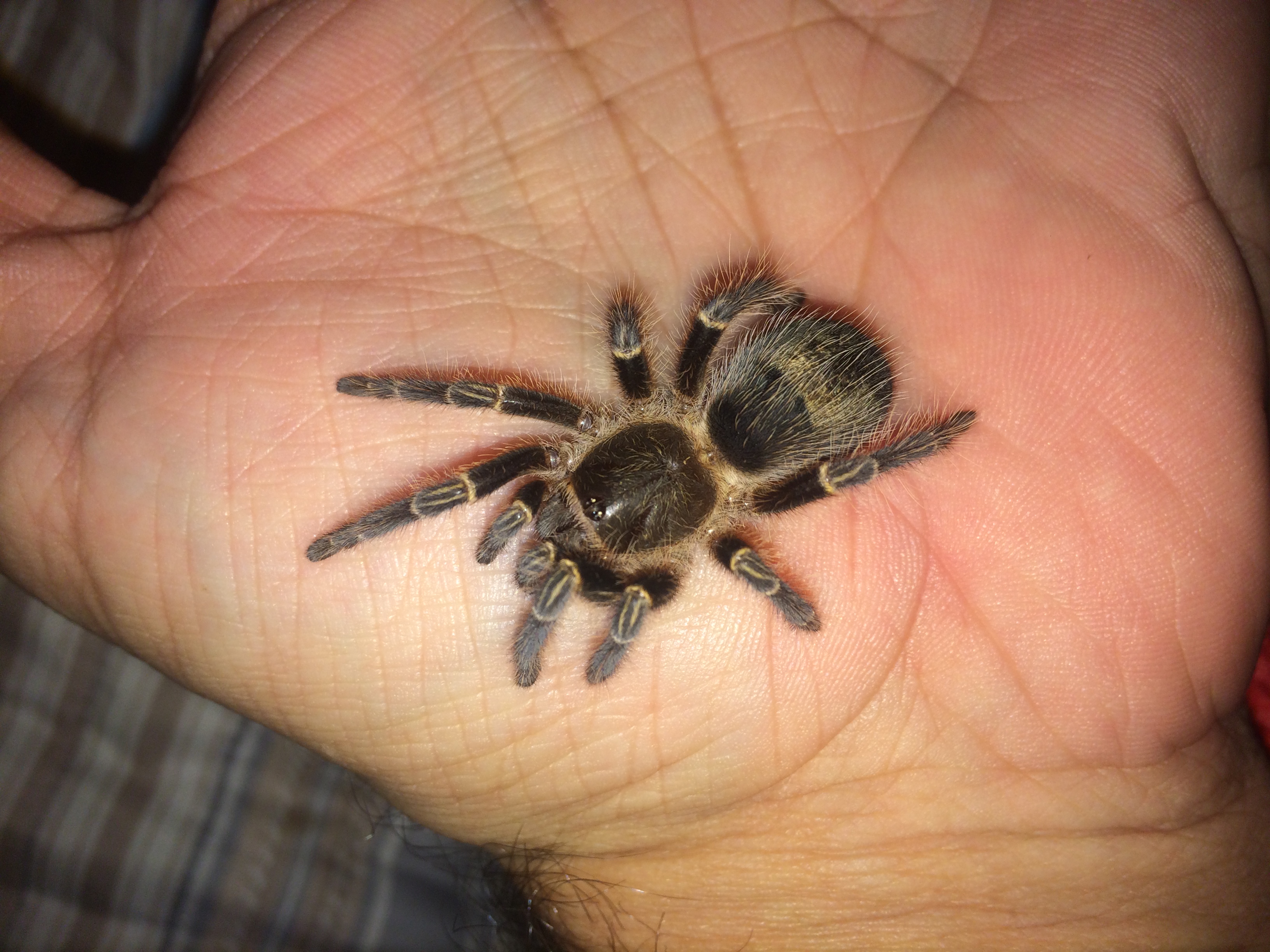
They are a great display animal, oftentimes being right out in the open. They are not skittish at all and tend to be very slow-moving, except when capturing prey. They can be aggressive eaters, often taking multiple prey items at once. This is a long-lived spider, with females capable of living 20 years.
All in all I cannot recommend this species enough. Between its large size, calm demeanor and at how easy they are to keep, they just do not get any better than Grammostola pulchripes. This is one species every tarantula collection should have and they are a great representative for tarantulas, helping to ease the uninformed minds of the general public at how beautiful and important these amazing animals are.



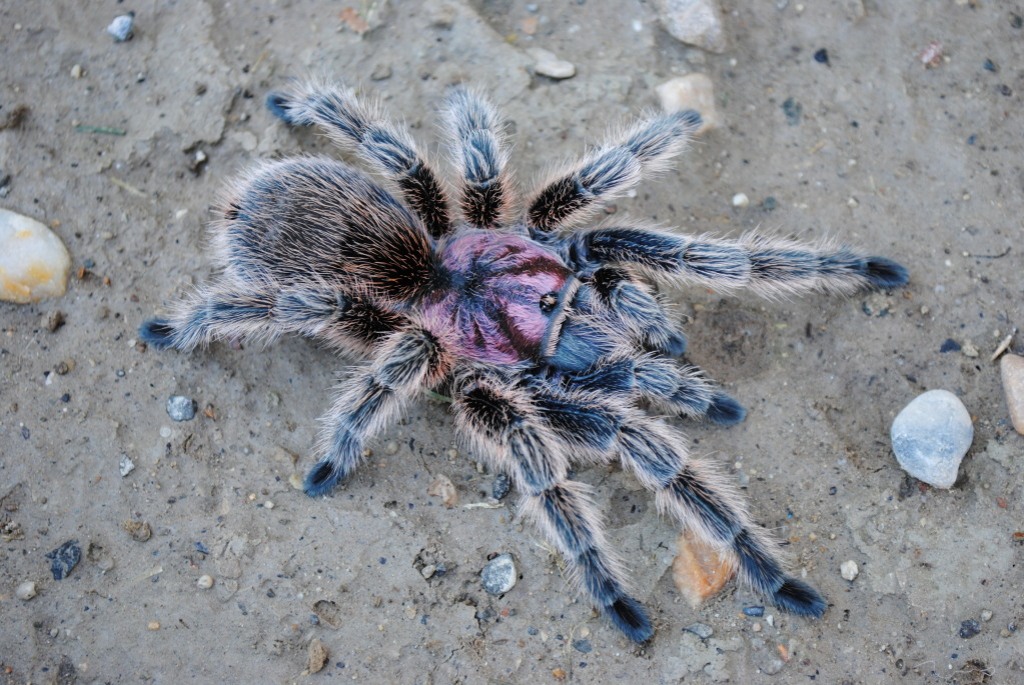
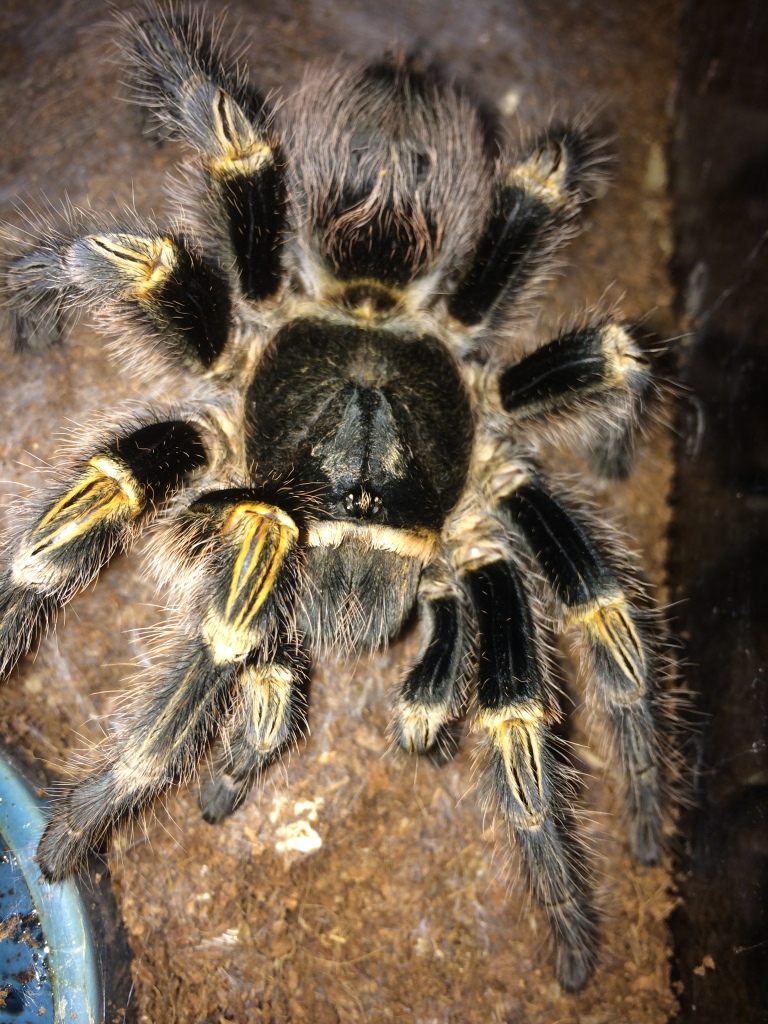

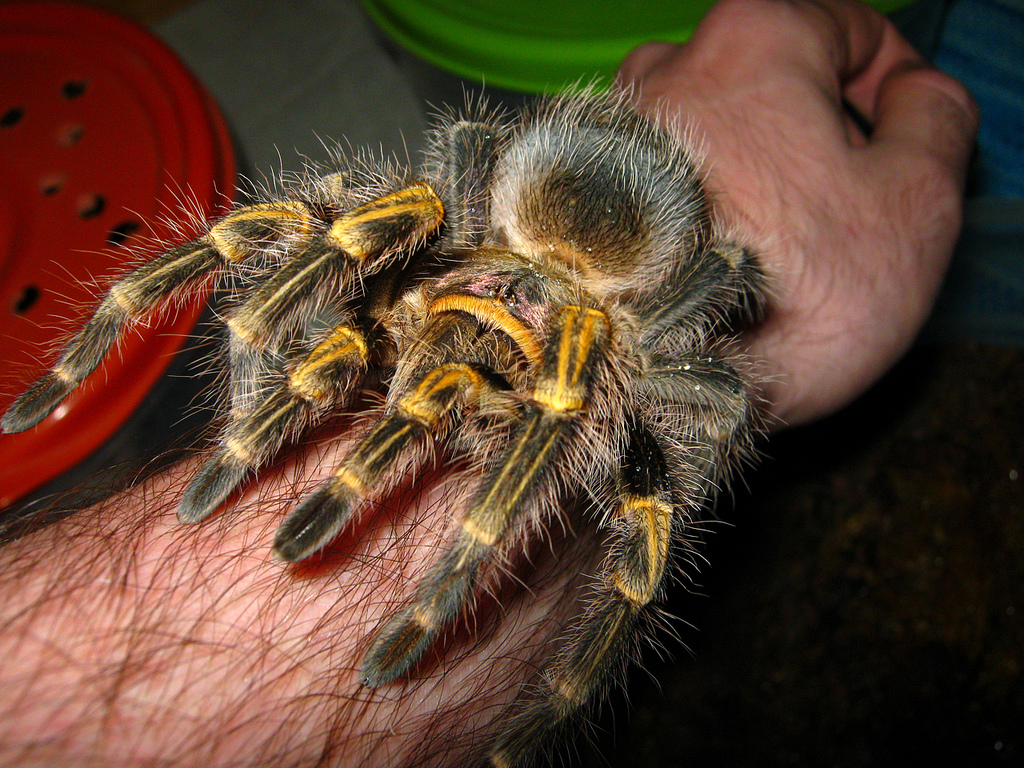

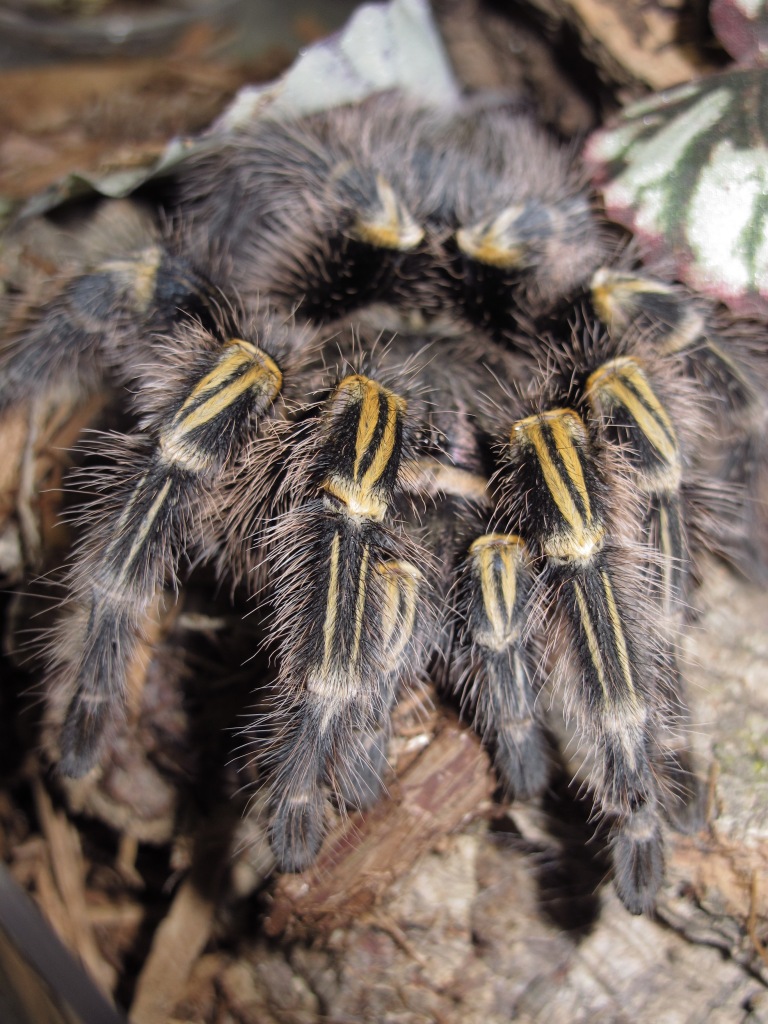

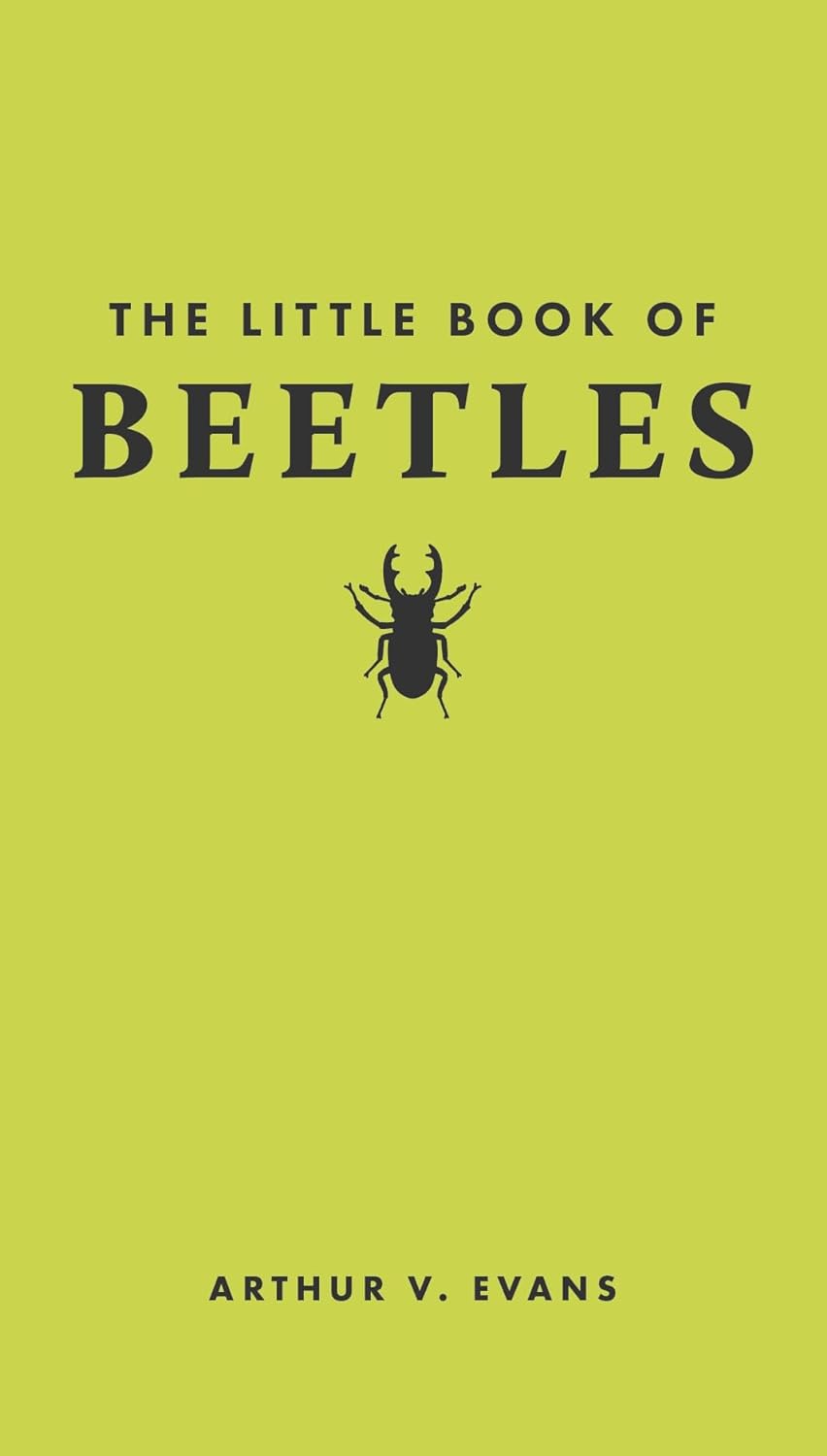

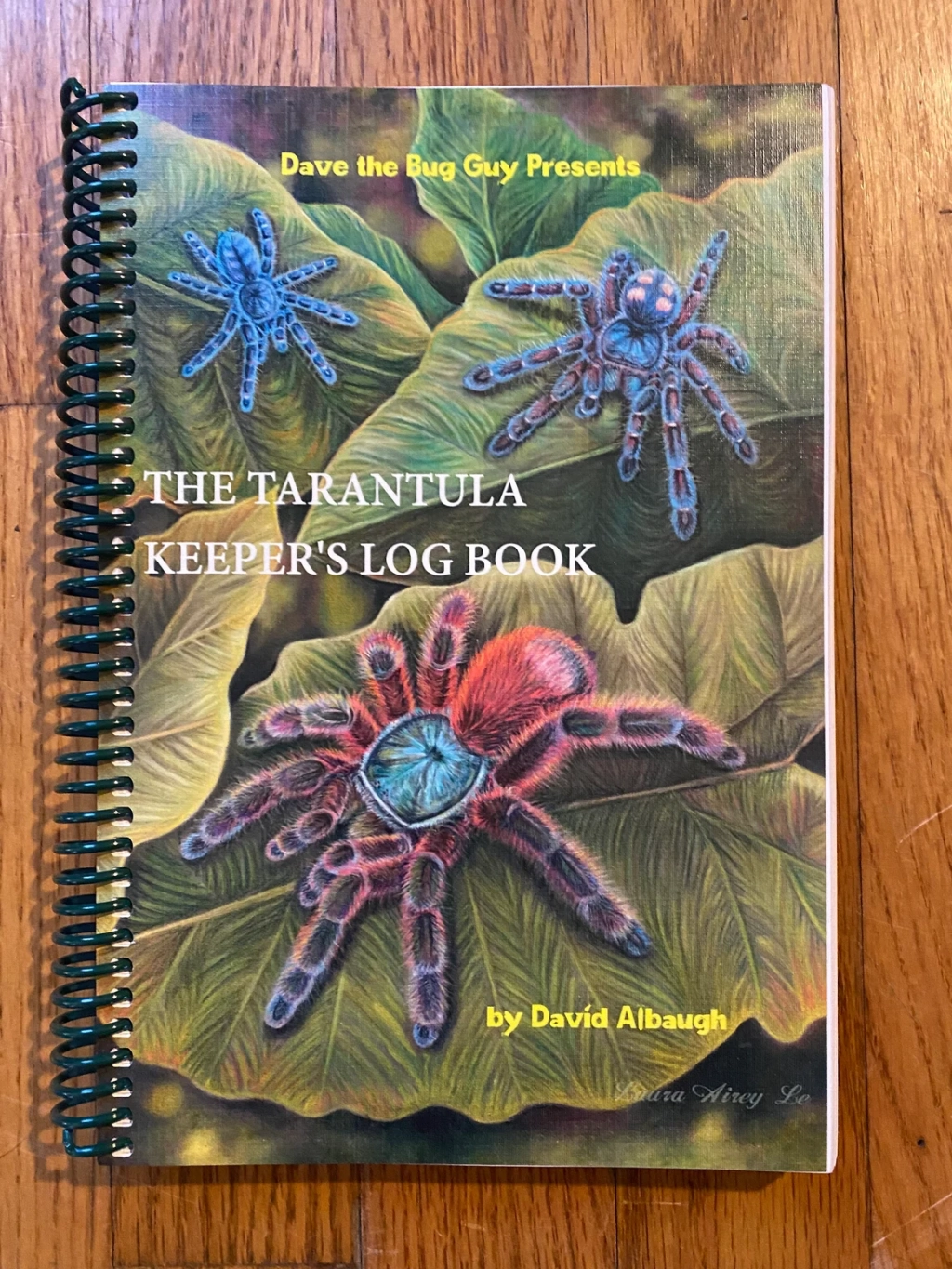
Leave a comment